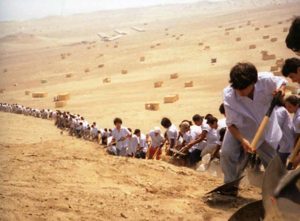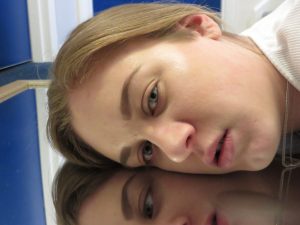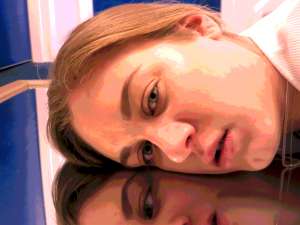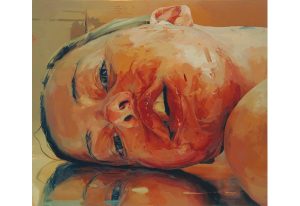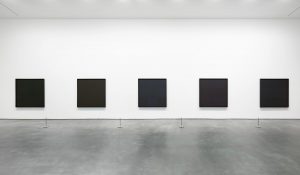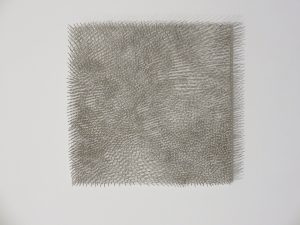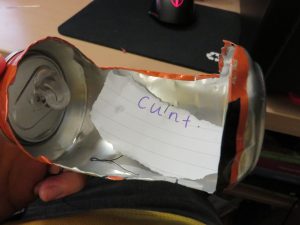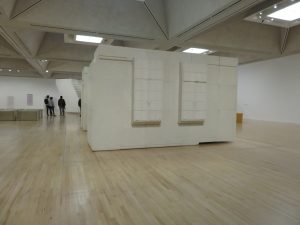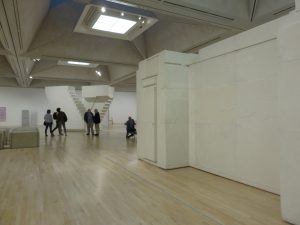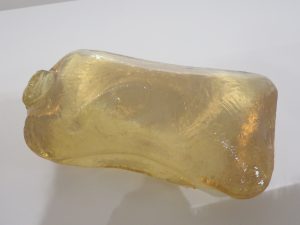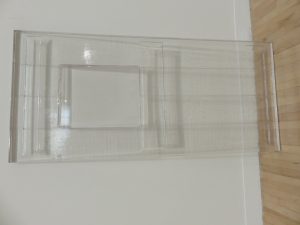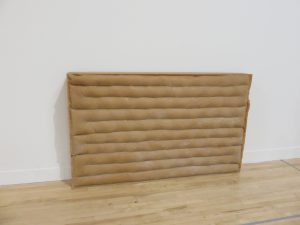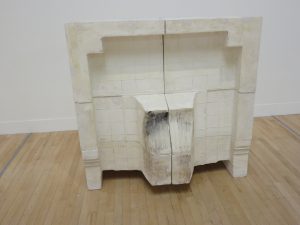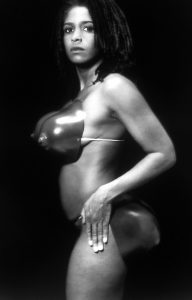Plato established two major art theories regarding Art in Imitation and Art being Divinely Inspired. For this task, I am particularly interested in exploring the theory of Religion in Art and whether this continues to exist in a Contemporary era with lesser numbers of religious individuals.
Throughout history, Religion has played a major factor contributing to the art world. From Paleolithic religion, cave paintings even suggested ‘hierarchical format’ between ‘humans and animal spirits’, preceding ‘the development of agriculture’ (Perlès, C. 2007)¹.
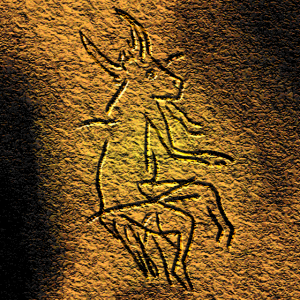 Unknown Artist and Year
Unknown Artist and Year
Commonly the ‘Religion in Art’ theme is noticeably present in the Byzantine and Renaissance periods -including the infamous works of Michelangelo. However, from Baroque and Rococo Art we begin to see a shift from romanticised religious depictions in art and by Neoclassicism and Romanticism around the 18th and 19th Centuries, art became less inspired by Religion and centred more strongly around historical and contextual events. This was a slow and gradual change with many anomalies, but we can assume from this that approximately around the shift in 1534 due to the Act of Succession combining Church and State, the two largest Empires in the world were divided over religion.
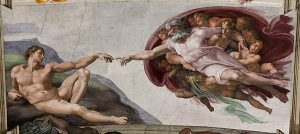
Michelangelo- The Creation of Adam, 1508-1512
For the past two Centuries, religion and art have been growing slowly apart in the eyes of success; however, despite contrary belief, many still argue that ‘religion is alive and well in contemporary art’ (Plate, S. B. 2014)². Plate lists artists such as Shahzia Sikander, Andy Goldsworthy, Meredith Monk, and James Turrell as artists who continue to explore religion in their successful, yet contemporary, art careers.
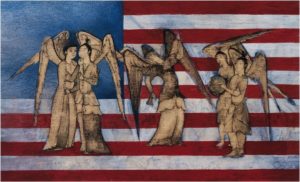
Shahzia Sikander- Utopia, 2003
James Turrell is an artist I am particularly inspired by and have referenced many a time in my Contemporary Project. His use of experience and sensory experimentation within his performative installations suggest a divine manipulation, and are akin -in nature- to artists of the past.
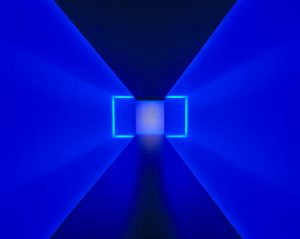
James Turrell- The Light Inside, 1999
¹ Cortazar, R. Z. Harvard Gazette, 2007. Available at: https://news.harvard.edu/gazette/story/2007/04/scholar-cave-paintings-show-religious-sophistication/
² Plate, S. B. HuffPost, 2014. Available at: https://www.huffingtonpost.com/s-brent-plate/religion-is-alive-and-wel_b_5676134.html

